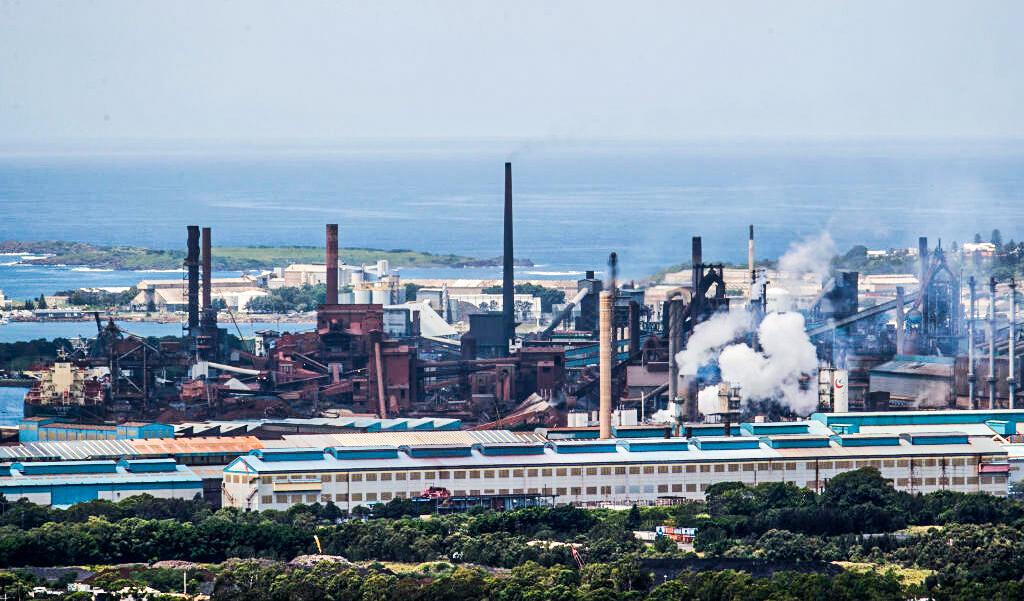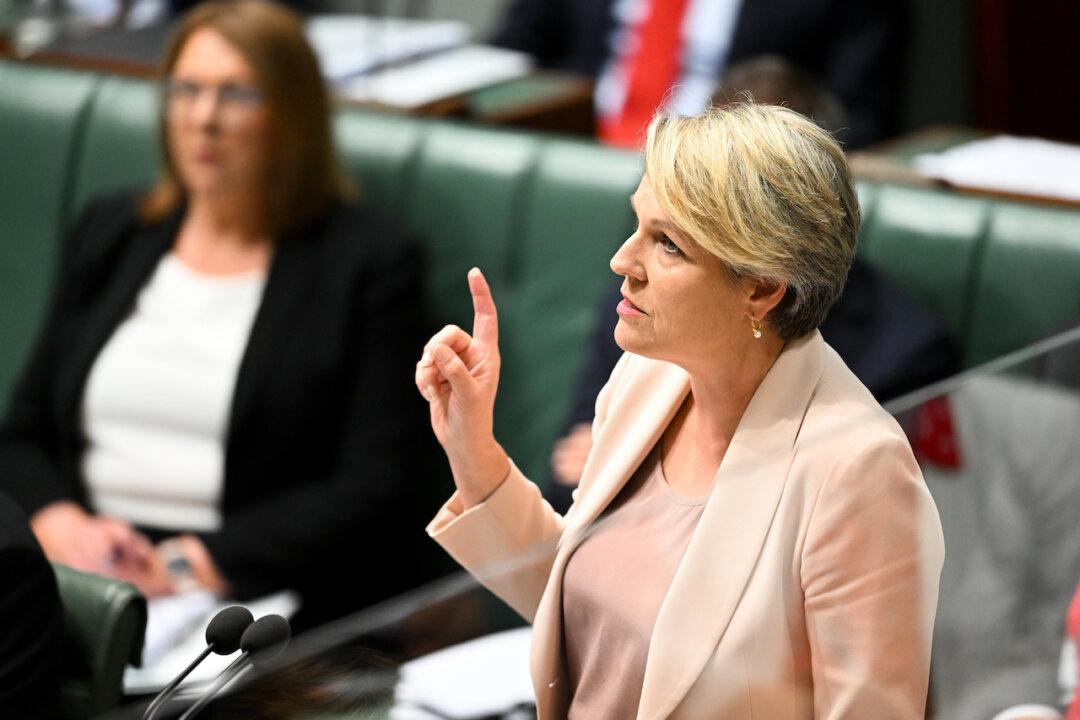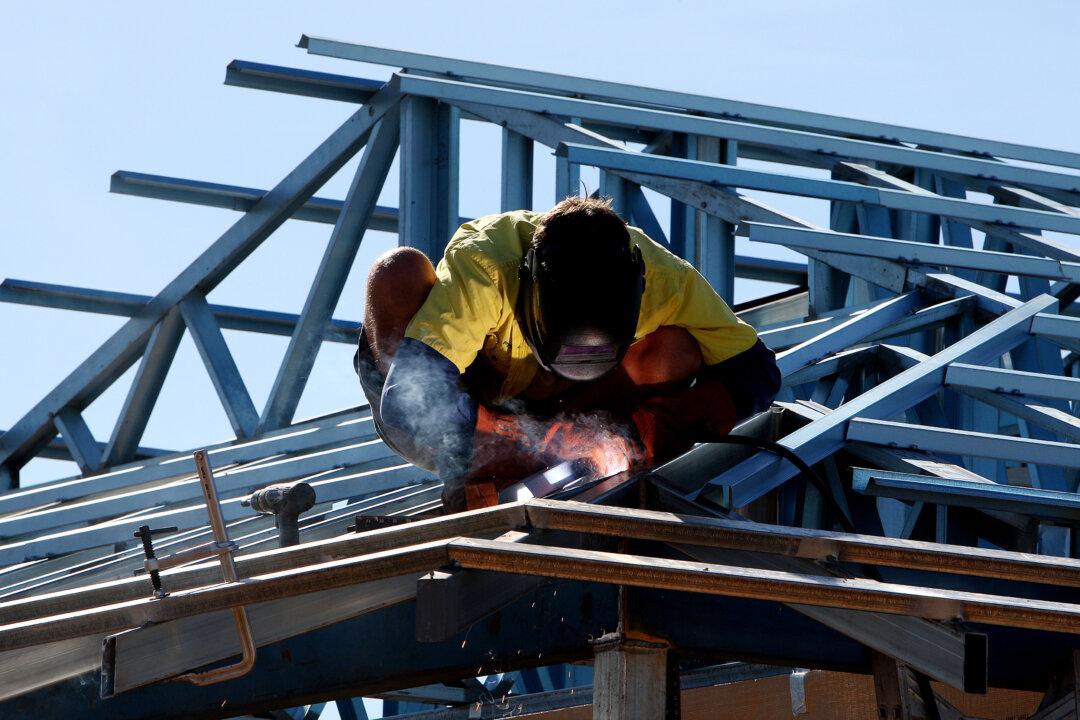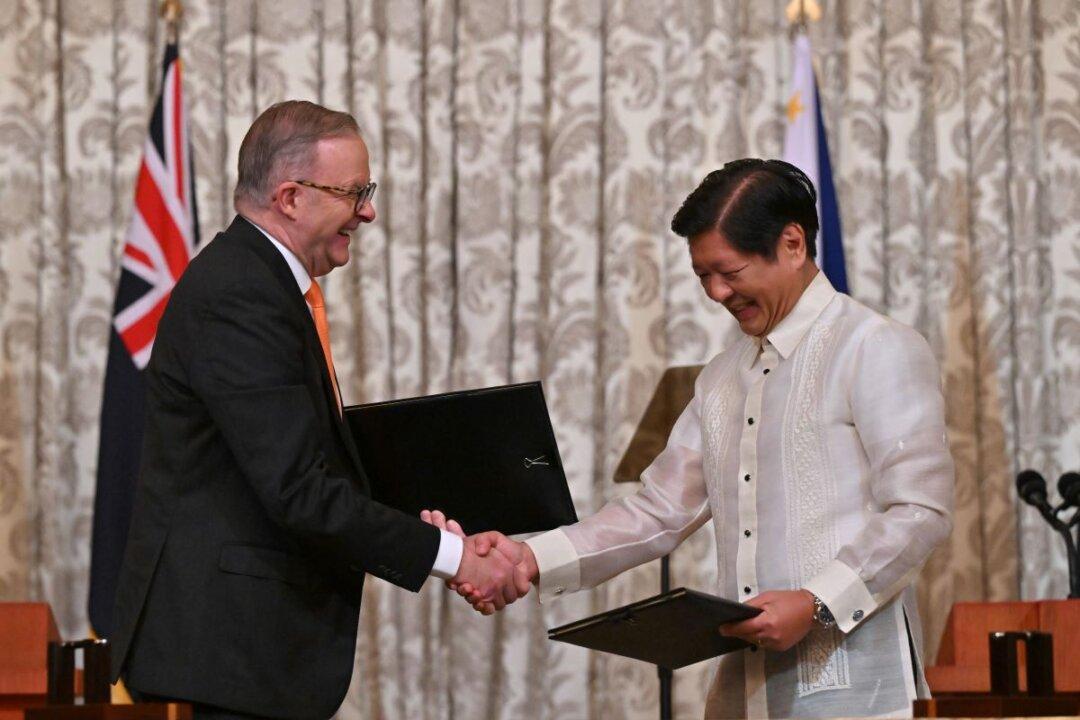Australia needs to start focusing on utilising its abundant natural advantages to take advantage of the global financial push for green energy, an expert has said.
Director of Climate Energy Finance (CEF) Tim Buckley told The Epoch Times he believes that Australia has the potential to become a world leader in the green revolution that is now he says, inevitable. However, the country is lagging behind.




